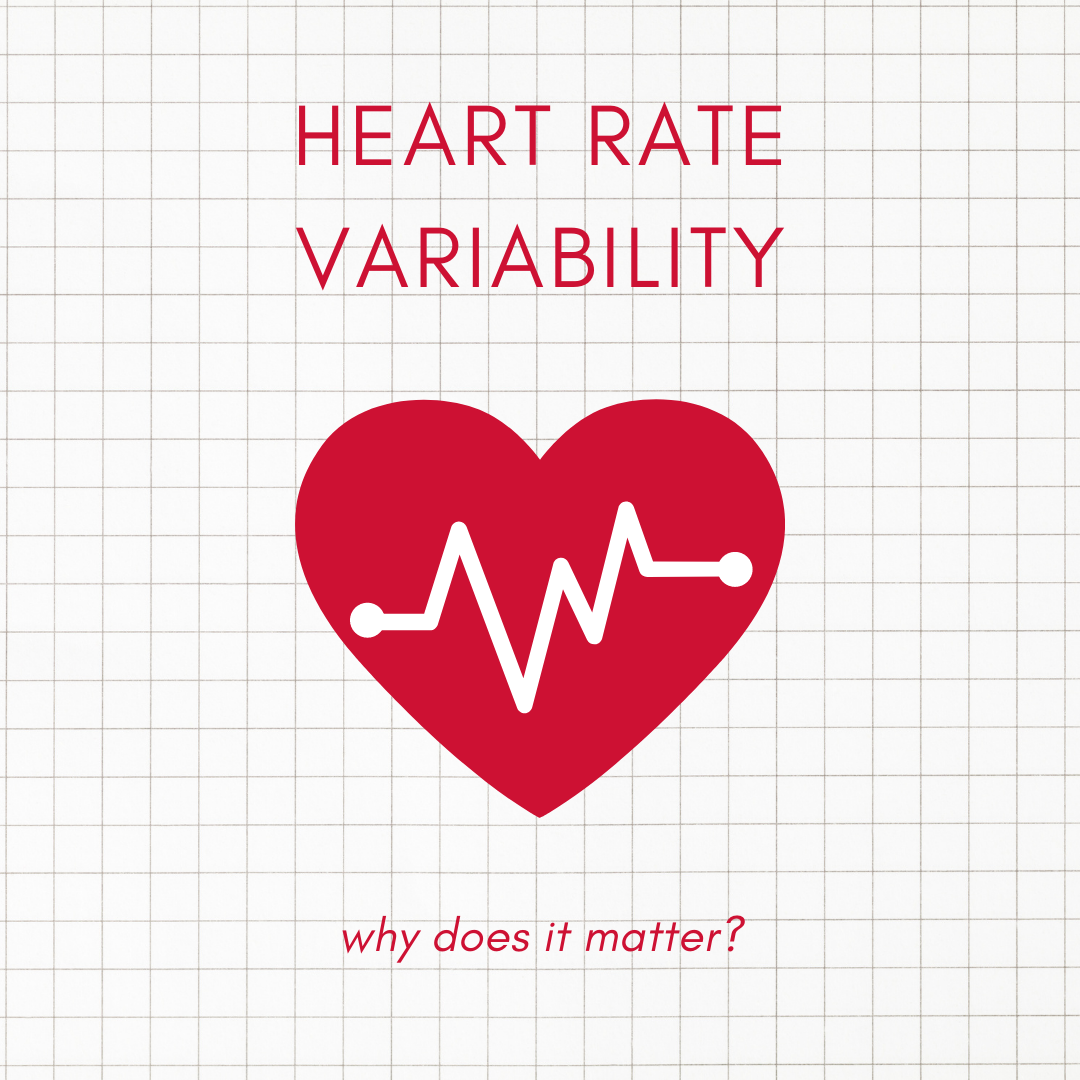What Is HRV and Why Do We Track It?

HRV (Heart Rate Variability) is my favorite data point.
Why do I love getting this piece of information?
So many of the people I see have been feeling unwell for a very long time. They may be in pain, have no energy, or have a number of symptoms they just can’t seem to resolve.
Going through the medical system searching for answers is stressful and too often doesn’t yield many answers. There is no one test or magic bullet pill that will address each person’s unique situation. Yes, traditional medicine can be a helpful piece of the puzzle, but it’s almost never the sole solution.
Which means people suffer for years without support, guidance, or answers.
By the time I see people, they’ve often been trying so hard, for so long to figure it out. Working out, elimination diets–when you’re struggling with symptoms, you’ll try anything to feel better. But single actions often don’t address the whole picture.
So what does that have to do with HRV?
Heart Rate Variability is the time between each heart beat. Your heartbeat is controlled by your autonomic nervous system, which has two general states, that are reflected by each beat: Sympathetic (fight, flight, freeze) is the contraction, Parasympathetic (rest and digest) is the relaxation.
Your heart doesn’t beat like a metronome! There is variability in each beat. The level of variability is a reflection of the health and resiliency of your nervous system.
The more variability you have (higher HRV number), the more resilient your nervous system is. Lower HRV numbers are connected to increased anxiety, heart disease, poor performance and cognitive decline later in life. Check out this site for a more detailed dive into the science and health effects.
A lower HRV means your nervous system is taxed ALL THE TIME and you are in fight, flight or freeze mode constantly.
Being stuck in this state is a major barrier to healing!
Your body cannot prioritize healing when it’s constantly alert for danger (like the old running from a lion example). So many of our patients are in this state, and it’s a huge problem in our whole culture.
This is why at Oceanside, we talk about HRV, how to measure it and what it means.
This data not only helps you see how injured your nervous system is when we start, but it also shows how your body reacts to small changes as you implement them.
Get a better night’s sleep, skip the glass of wine with dinner, drink more water, eat more nourishing foods and you’ll be able to see the difference in your nervous system. Your pain won’t disappear immediately, but paying attention to these small changes–what restores you, what taxes you–will help you make sustainable choices that take you in the right direction.
Healing takes time.
But seeing progress, even in small amounts, helps reinforce your motivation to make more small changes. Your brain like seeing success!
“If you can’t measure it, you can’t move it,” is a saying for a reason. It’s true in business, fitness and in life. Telling someone to “just relax,” or “manage your stress,” doesn’t help if you don’t know how to do it! And everyone’s recipe for recharging and managing stress will be a little different.
So if you feel lost in your healing and like you’re not getting answers or a roadmap from the medical system (spoiler alert, you probably aren’t), ask us how to measure your HRV and include it in your treatment strategies.